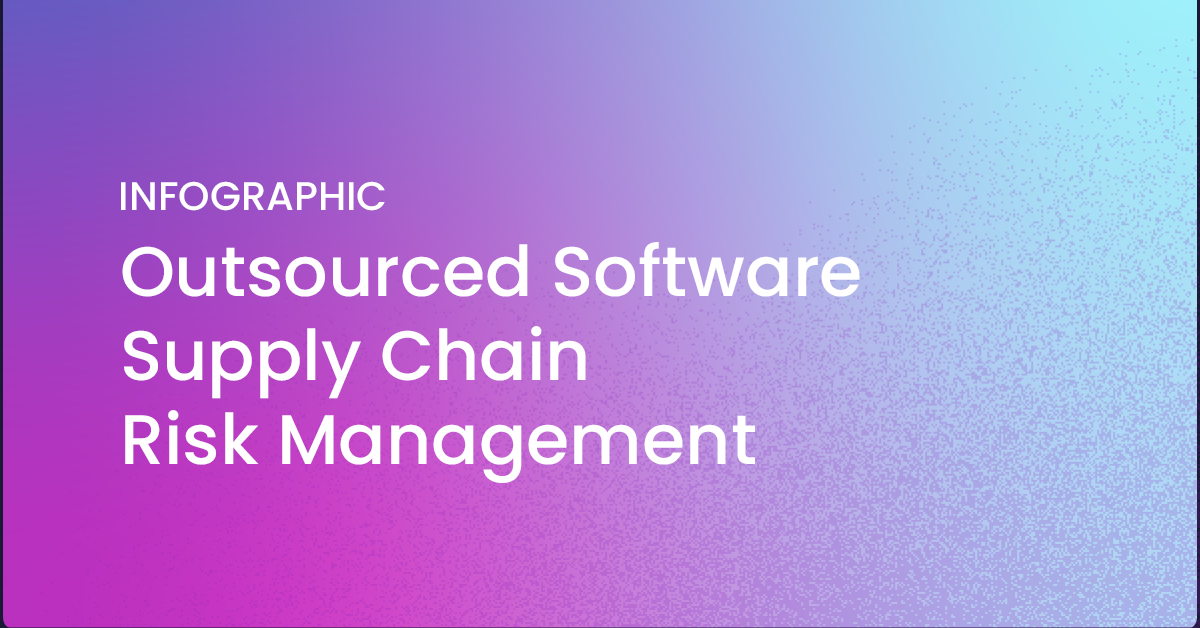For organizations that regularly update their software supply chain, tedious and repetitive maintenance tasks can take up to 30% of developer time, significantly hampering productivity.
This time sink is primarily due to the fact that software development organizations are not in the business of software supply chain management, and thus rarely invest the time and resources required to create a fully integrated software supply chain that can scale with their business needs, as well as respond to the volatility within the open source ecosystems they use.
Much like the manufacturing industry before it, the software industry has reached an inflection point where gains in productivity and efficiency can most easily be realized by outsourcing the management of commoditized components to a third party.
When the third party understands how those components fit into your finished product, they can also add value by ensuring your product doesn’t break when changes are introduced into the supply chain. In this way, organizations can realize:
- Efficiency – regain the 30% of developer time currently spent on maintenance.
- Agility – an organization that creates six releases per can now create ~2 additional releases that close more competitive gaps and introduce new features.
- Revenue – if the additional releases/features generate just 5% more revenue, the result is millions of additional dollars in revenue for an SMB.
- Innovation – with always-up-to-date packages and programming languages, software organizations can take advantage of the latest features and functionality to create even more differentiated offerings.
This is why our customers turn to ActiveState: to be their outsourced software supply chain so they can focus on their application, rather than maintaining the open source their app requires.











